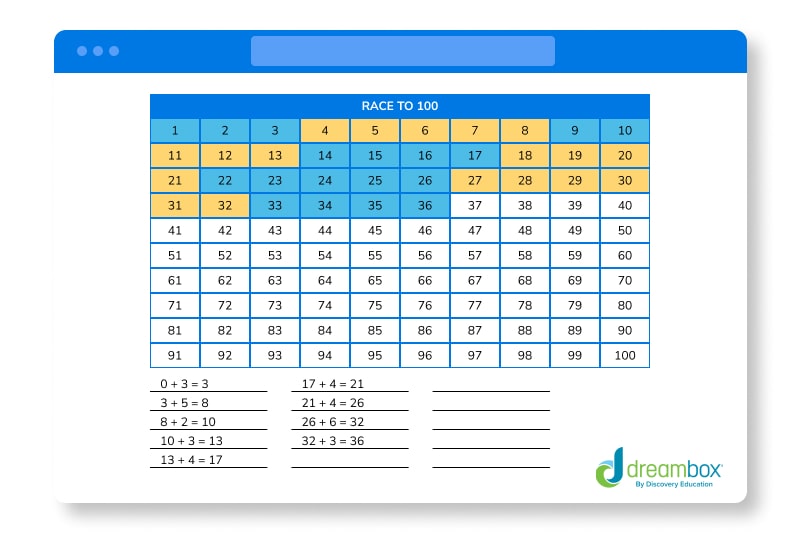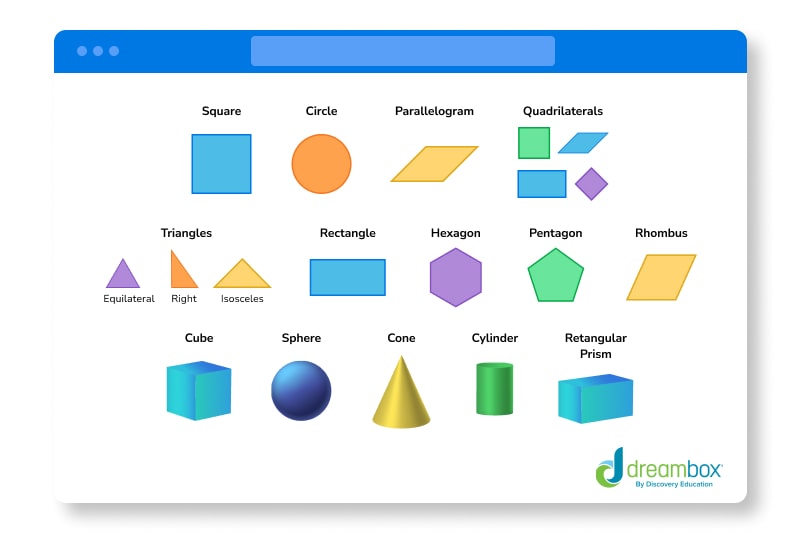5 math activities for 2nd graders
Second graders love to have fun, and these 2nd grade math activities will help keep math exciting for every student.

Author
Katie Wickliff
Published:
April 2025
Key takeaways
- • Many activities and games can help 2nd graders practice fact fluency, measurement, and more.
- • Students who develop a positive attitude about math gain greater confidence in their abilities.
- • Fun math activities for 2nd graders can be inexpensive and simple to prepare.
No doubt about it, 2nd graders are busy! In 2nd grade math, students work hard to build fluency with addition and subtraction facts, understand place value, learn standard units of measurement, and recognize and work with geometric shapes.
Although second graders have so much to master, teachers, parents, and homeschoolers should remember to keep math fun! Studies have shown that students with a positive outlook on math feel more confident in their abilities and become motivated to learn even more.
The following 2nd grade math activities are fun and engaging, require minimal supervision, and are inexpensive to prepare. Additionally, all can be adapted to suit different abilities and learning situations–for example, the activities work equally well with individuals or small and large groups of students. These 5 2nd grade math activities will help students meet learning objectives while having fun!
Place value Uno
This game uses number cards from a standard Uno deck to help students visualize and practice reading larger numbers.
You’ll need:
Uno Deck
Pencil/paper (optional; only if you’d like to have the students practice writing the numbers)
This game is best played in pairs, with each player facing their partner. To play, shuffle the cards and divide them into two even piles, placing one pile face down in front of each player. Depending on the students’ ability level, decide on the highest place value– many second graders are working on identifying numbers in the hundreds, tens, and ones places.
To begin, each player turns over one card from their pile. That card goes into the highest place value spot. Players then flip over a second card and put it in the next place value spot. Each player reads their number aloud, and the player with the highest number keeps all the cards for that round. If the pair turns over the same number, they can choose to split the cards equally or play a traditional “war.” The player with the most cards at the end wins.
How tall/how long? measurement game
This hands-on activity uses washi tape— decorative paper tape— to measure length and width. Second graders will love the fun colors and patterns, you’ll appreciate that the low tack tape can be torn and repositioned easily.
You’ll need:
Washi tape. I used this in my classroom and at home.
Pencil/paper for recording measurements.
Working in groups or pairs, students take turns lying flat on the floor while their partner stretches the washi tape as long as they are tall. Using a ruler, measure the student’s length in feet and inches and record it on the paper.
If your student isn’t ready for standard units of measure, use fun items–such as lining up toy cars and determining how many “cars tall” the student is.
Other ideas include tracing hands and feet on paper or by using chalk outside and then measuring with the washi tape. This activity is especially flexible and a fun way to get kids moving while practicing measurement.
Table of contents
Get more practice with second grade math with DreamBox!
Online 2nd grade math activities
While many games and activities don’t require screens or the internet, the truth is that sometimes kids just want to play online games. Luckily, Dreambox Math is an interactive program filled with practice opportunities and personalized activities. Whether you’re looking for homeschool math practice or just a fun way to develop skills at home, using Dreambox is a great way to keep second graders excited about math!
Race to 100
Instead of using flashcards, this dice game is a hands-on way to practice addition and subtraction and can be played anywhere and with any number of participants.
You’ll need:
Dice (1 or 2 for each student)
Paper/pencil or hundreds chart
Although traditionally called Race to 100, this game can easily be called “Race to 25,” “Race to 50,” or any number that works best for your child. Students can play alone or with a partner or compete against one another. When playing in pairs, students take turns rolling a die and coloring in the number of squares to add. Using two different colors makes it easier for students to track their progress. Then, they record the equation. The race continues until they reach the end of the chart!

Shape scavenger hunt
A shape scavenger hunt can be done with multi-aged groups, making it a perfect homeschool activity. As a 2nd grade math enrichment game, students can search for more complex 2D and 3D shapes.
You’ll need:
List of scavenger hunt items that students need to find– the list should have graphics of each shape as a guide.
Pencils
A timer (optional)
Students can work individually, in pairs, or compete against each other to see who can find the shapes the fastest. Create a list or a worksheet based on geometric concepts students are learning. Here’s an example:

Before handing out the scavenger hunt guide, review shapes and their attributes. Then, hand out a worksheet to each student and challenge them to find every shape on the list. For an added challenge, set a timer to see how many shapes they can find within a certain time limit, or ask them to note how many faces, angles, and sides each shape has.
FAQs
Parents, teachers, and homeschoolers can help make math fun for 2nd graders by keeping a positive attitude and looking for interactive activities to teach new skills and reinforce what they’ve already learned.
Math board games, such as Sum Swamp or Mountain Raiders, are fun math club activities because they turn learning into an interactive experience. Math board games also encourage teamwork, which is a skill perfect for math clubs.
Generally, 2nd graders work on building fluency with addition and subtraction facts, understanding place value, practicing measurement, and identifying 2D and 3D shapes. However, learning objectives vary by state, school, and individual, so it’s best to communicate with your child’s teacher to better understand 2nd grade math goals.
Take at home math practice to the next level
Empowering parents and educators to make math practice more impactful. Plus, your kids will love it.


About the Author
Katie Wickliff
Katie holds a master’s degree in Education, has over 15 years of education experience as a primary classroom teacher, and is Orton-Gillingham certified tutor. Most importantly, Katie is the mother of two primary school students, ages 8 and 11. She is passionate about maths education and firmly believes that the right tools and support will help every student reach their full potential.